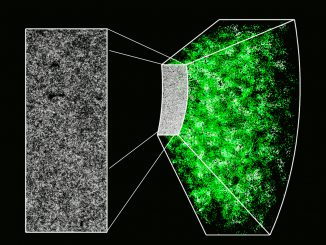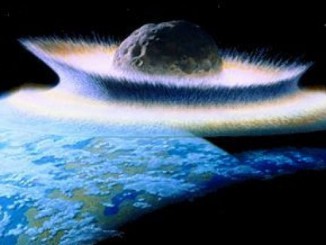
Precise 3-D Map of 1.2 million galaxies supports standard cosmological model
Hundreds of scientists from the Sloan Digital Sky Survey III (SDSS-III) collaborated to make the largest-ever, three-dimensional map of distant galaxies. The astronomers then used this map to make one of the most precise measurements yet of the dark energy currently driving the accelerated expansion of the universe.


